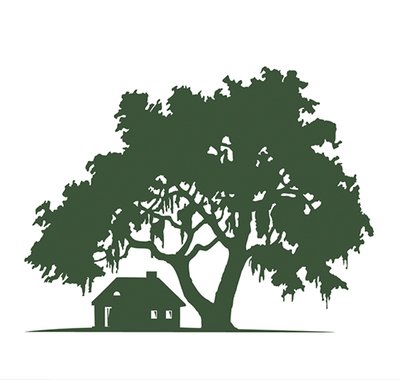
Tree safety inspection. A beautiful day in Mourne country.
Today I was tasked with the inspection of 3 mature trees growing within a woodland setting. Trees within a woodland can be considered low risk […]

Today I was tasked with the inspection of 3 mature trees growing within a woodland setting. Trees within a woodland can be considered low risk […]

https://www.treecouncil.org.uk/Press-News/Forest-Research-asks-Tree-Wardens-for-help-mapping-trees

A great day spent discussing risk management in the tree arena.

What a beautiful day in a beautiful spot. Checking out the Goat Willow groves today. Sandy beach too. Simply stunning. Northern Ireland is a breathtaking […]

What a fantastic place to work. You can’t beat the beauty of Northern Ireland. Tree surveys bring me to some very interesting places in Northern […]


Today I had the pleasure of visiting a large estate with a significant mature tree population. Of all the damage that occurred during a recent […]



Copyright © 2025 | WordPress Theme by MH Themes